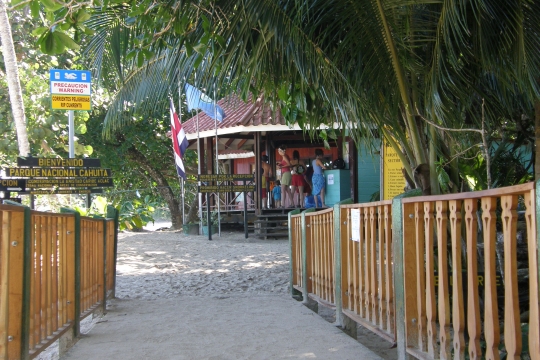Results indicate that visitors look at the behavior of others in deciding if and how much to donate, but partially reject being told what to do. Also, as the social reference moves farther away from average behavior, its effect on the typical visitor is diminished, leading to lower and less frequent donations.
We conducted a natural field experiment to explore prosocial behavior by visitors to a protected area in Costa Rica. We use different treatments to affect the decision whether to donate and if so, how much: (i) a baseline treatment with no information added, (ii) a social reference treatment in which information on typical average donations is shared with the visitor; (iii) a direct suggestion on how much to donate, and (iv) a reciprocity treatment, which entailed handing out a full-color map with detailed information about the park. Preliminary results indicate that visitors look at the behavior of others in deciding if and how much to donate, but partially reject being told what to do. Also, as the social reference moves farther away from average behavior, its effect on the typical visitor is diminished, leading to lower and less frequent donations.
Files and links
Request a publication
Due to Copyright we cannot publish this article but you are very welcome to request a copy from the author. Please just fill in the information beneath.

